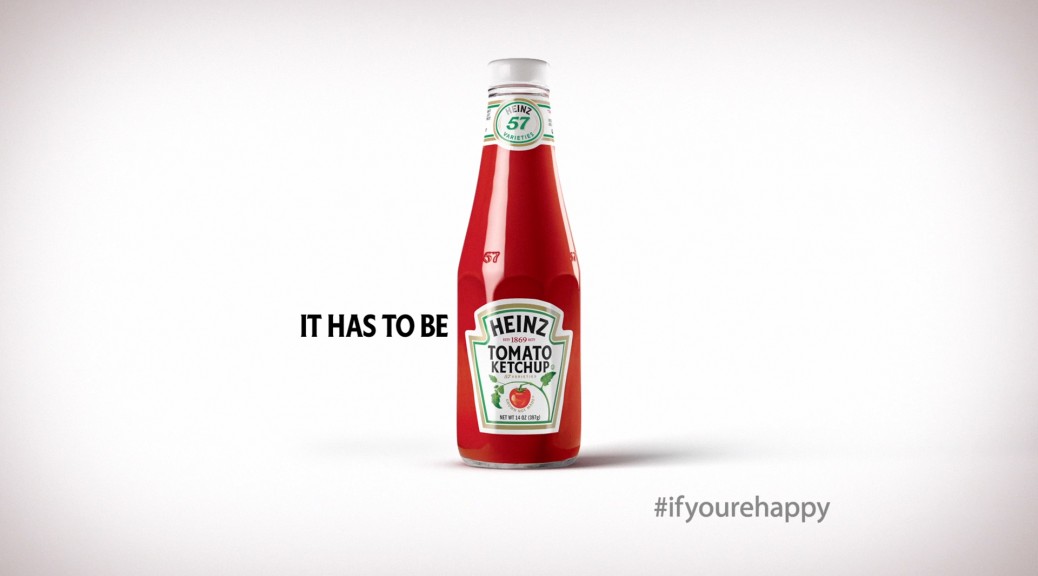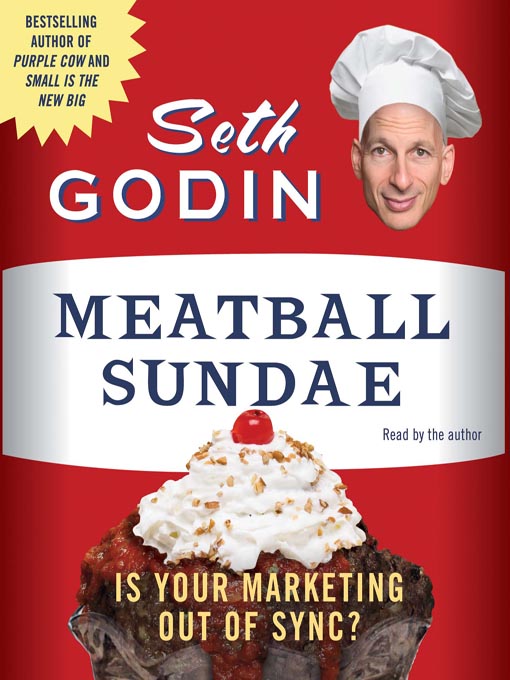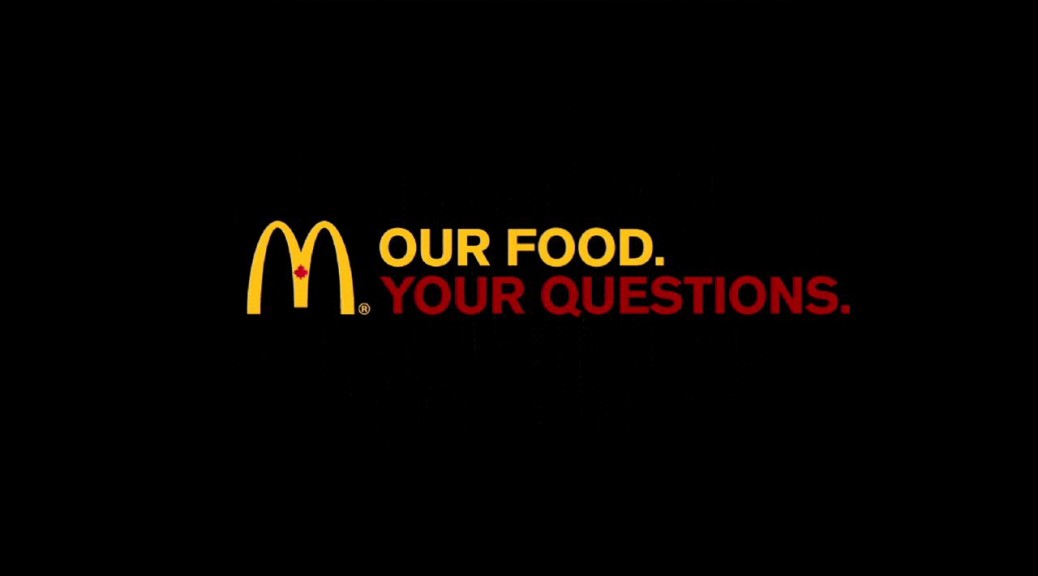Executive Summary
Our team had the privilege of working with the marketing manager at Church & State Wines, who turned out to be an ideal client for the internet marketing project. Church & State Wines is a growing winery eager to take its marketing initiatives to the next level. They were more than happy to take a chance on a team of Sauder MBAs and allow us to build out an internet marketing strategy over the course of 5 weeks. Inspired by content learned and practiced in the classroom, my team was prepared to tackle a real world challenge. We worked on a tangible project using valuable tools and frameworks learned in the classroom. At the end of the project, we not only provided refreshing insights and noteworthy recommendations to our client that can dramatically impact the company’s business objectives, we also generated more profits for our client as a direct result of our campaign efforts. Overall, this project was a fantastic way to practice how to build an effective internet marketing campaign to complement other business efforts with an end goal of driving sales.
Highlights
Our client was extremely easy to work with and provided our team with everything that we needed to conduct a successful campaign. At our kickoff meeting with our client, we were able to ask questions about the company’s strategic direction as well as their target audiences. We understood that internet marketing cannot occur without first understanding the business, business objectives, and related performance metrics. We proposed our ideas for the internet marketing campaign and agreed upon the final deliverables to level set expectations. Throughout the entire 5 weeks, we kept in contact with our client with regular updates and clarification questions. There were no surprised at the end of the project because our client had been informed of all our initiatives due to our open communication.
Challenges
The biggest challenge was working separately on individual pieces of the campaign when in fact all the tactics work together to complement each other. It’s difficult to isolate individual tactics because its effectiveness and impact often are dependent on other campaign components. Although I worked on the email marketing campaign which drove traffic to the online store, I wasn’t able to see results of my campaign in real time to measure its impact. This is because someone else on the team was working on Google Analytics and we didn’t spend much time working together. We learned through this project that different internet marketing tools have different purposes and usages. For example, Google AdWords is best utilized to capture new customers and drive traffic to the company’s website. Whereas email marketing campaigns are more effective for communicating with existing customers. Because we worked in silos on our individual pieces of the campaign, we didn’t piece together all of our learnings until the very end, after everyone came back with their own discoveries and results.
Client Presentation
Our client presentation went smoothly because we were diligent about the aesthetics of our content and the story we wanted to tell. We decided to start with the big picture strategy and our intentions before going into details about our tactics and findings. It was difficult to know what the client already knew since we had already sent him our deck ahead of time, so we made sure he felt comfortable cutting in and asking questions whenever necessary. We covered a lot of content during our hour-long presentation because we had a lot of valuable results to share. Even though we didn’t have time to go over all the details, we provided our client with all the information that he would need to go over on his own time. The most difficult question he asked was how to prioritize different tactics. We found it difficult to make recommendations because we didn’t know enough about what the company has in mind for its strategic focus. If the company wanted to focus on new customer acquisition, Google AdWords and social media engagement should be of key focus. But if the company wanted to focus on customer retention, then email marketing would be a great tool to leverage. So our suggestion was to focus on understanding each tool and the best practices we laid out in the presentation. Based on discussions with the rest of the management team, the company should make a decision on where to go next with its internet marketing strategy.
Our client was most impressed by Google Analytics because he has never been exposed to it before. Because Google Analytics were reserved for last, our client didn’t really understand the impact of some of our other tactics until he saw the Google Analytics report. The email marketing campaign that I was in charge of was extremely successful in driving purchase. 50% of those who clicked through bought a wine club subscription. This means our efforts actually generated sales for our client, which he may not have expected. We feel that we delivered a lot of informative content that can be very valuable to our client. It just may take him some time to digest everything that we learned over the 5 weeks.
Key Takeaways
Understanding different tools and knowing when to use each tool is more important that using everything regardless of its relevance to the business objectives.
Test and test again to improve campaign effectiveness. The tools we used made it really easy and economical to test many options and make changes in real time. There is very low risk involved if the tests are carried out in a calculated manner. The reward is much greater than the time it takes to set up and carry out all the testing.
Internet marketing is extremely fast paced and fluid. It requires high adaptability which can be achieved by lean and agile companies.
Internet marketing doesn’t happen in a bubble. It happens alongside other strategic planning and initiatives as an integral component that has significant impact on business success.







